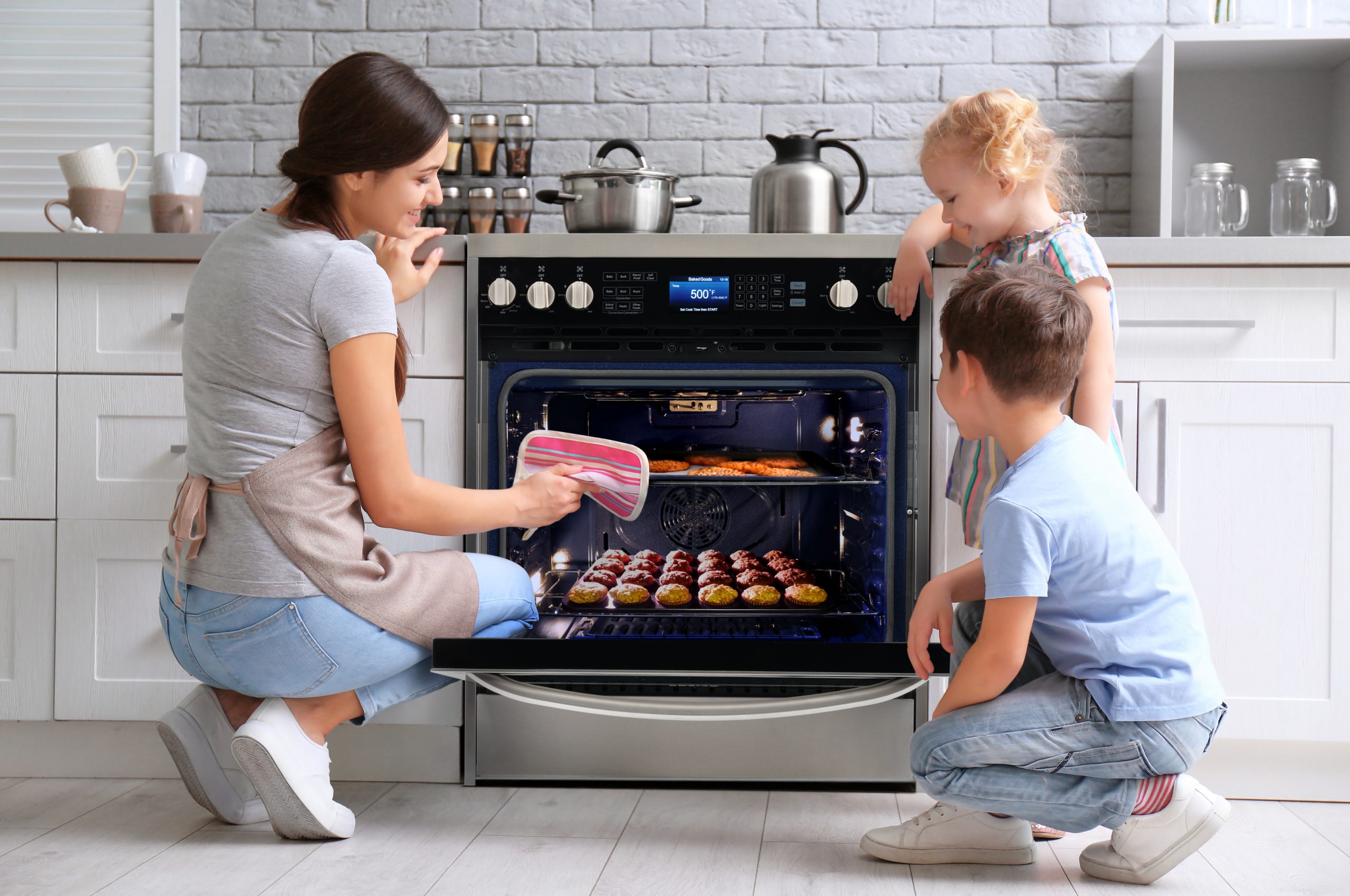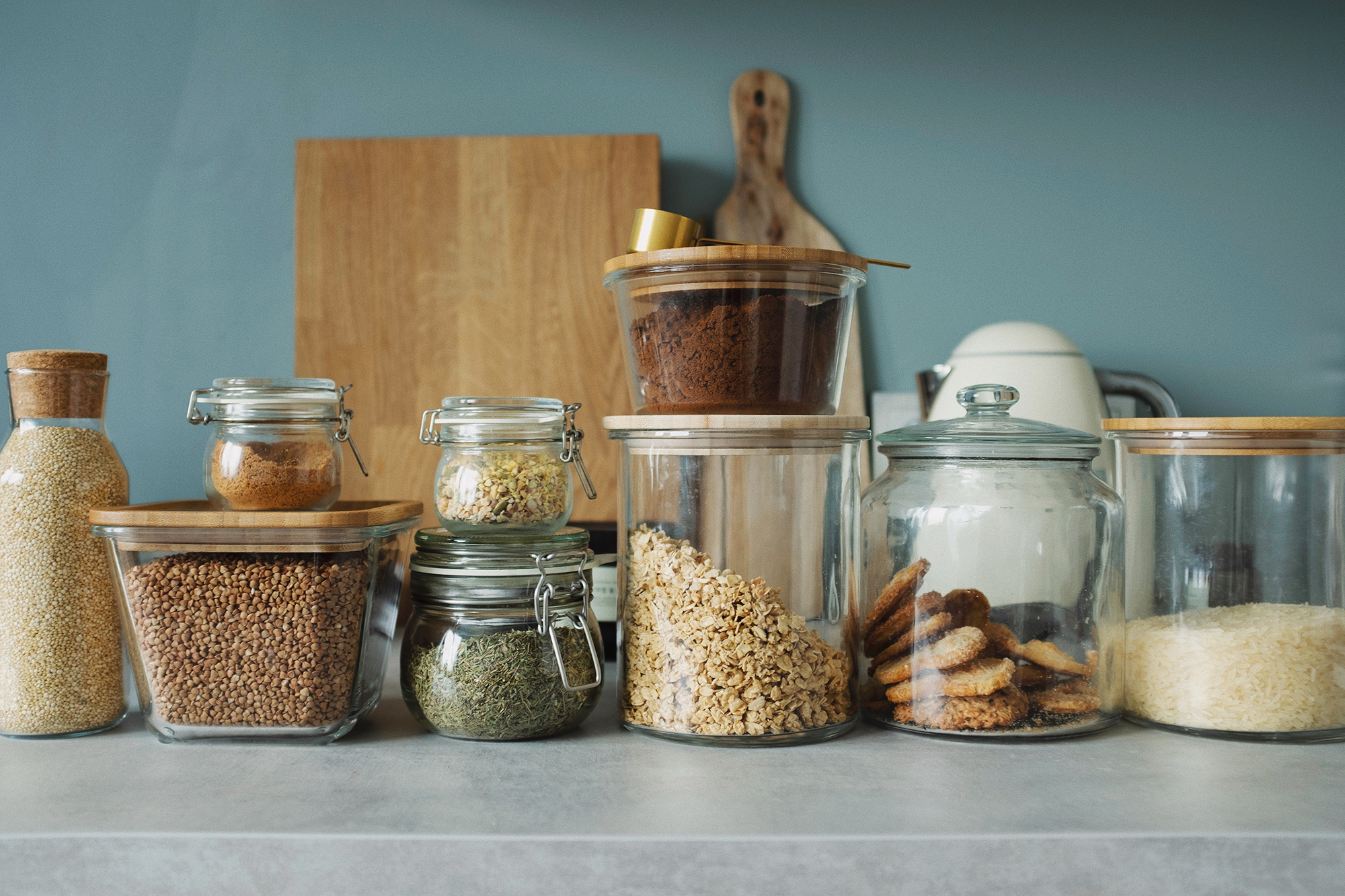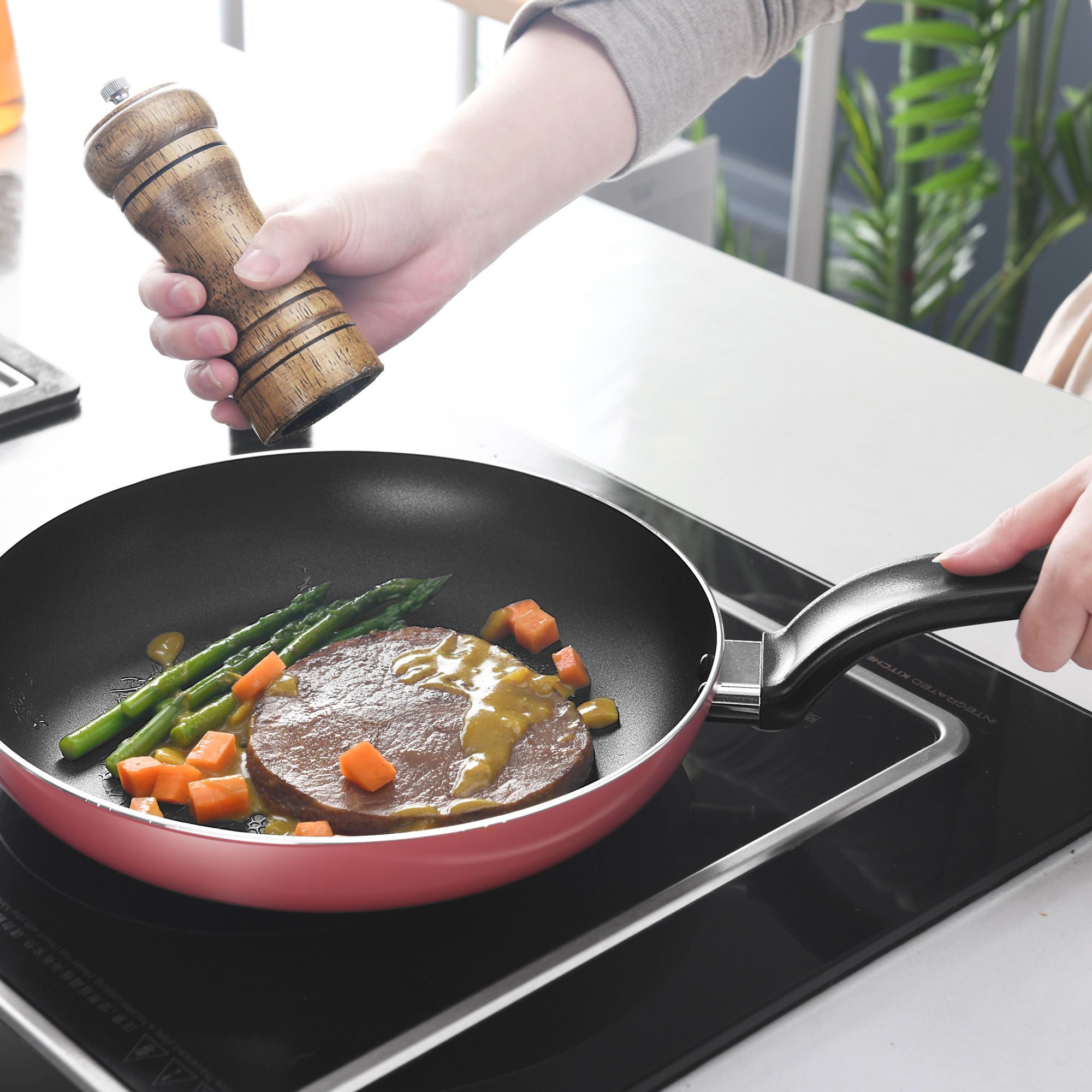How to Make Your Home Smell Great
The smell of your home is unique. Although it may not always be smelling the best, there are some steps you can take to boost the overall aroma on a daily basis. Start here to deodorize your house instead of burning a fragrant candle for a quick fix. Garbage Disposal Start with your sink. Drop lemon-scented dish soap into the disposal and run the water, then turn it on. You can also put lemon or lime rinds through the disposal with plenty of water. If the smell persists pour ½ cup of baking soda into the garbage disposal while running warm water. Carpets and Rugs Carpets can absorb smells easily, especially with food spills. Sprinkle baking soda over the entire carpet and let it sit for a few hours before vacuuming. You can also try this method out on pet beds or mattresses. Trash Can Taking the trash out may be obvious, but it’s often the trash can itself that creates the worst smells. While deep cleaning your kitchen, sprinkle baking soda in your trash can or use a deodorizing pack or pod. Take it a step further by spraying everything down with disinfecting spray to kill any remaining bacteria. Simmer Herbs and Fruit Take citrus slices and herbs like lavender or mint and simmer with water in a small saucepan on your stove. The heat will permeate the scent throughout your house and can easily be customized based on your available ingredients. Add Plants Plants are a great decoration while also eliminating unpleasant smells. Try bringing in jasmine, eucalyptus, gardenias for pleasant fragrances in your home. Just be prepared for the proper care and maintenance these plants require. Source: Good Housekeeping










